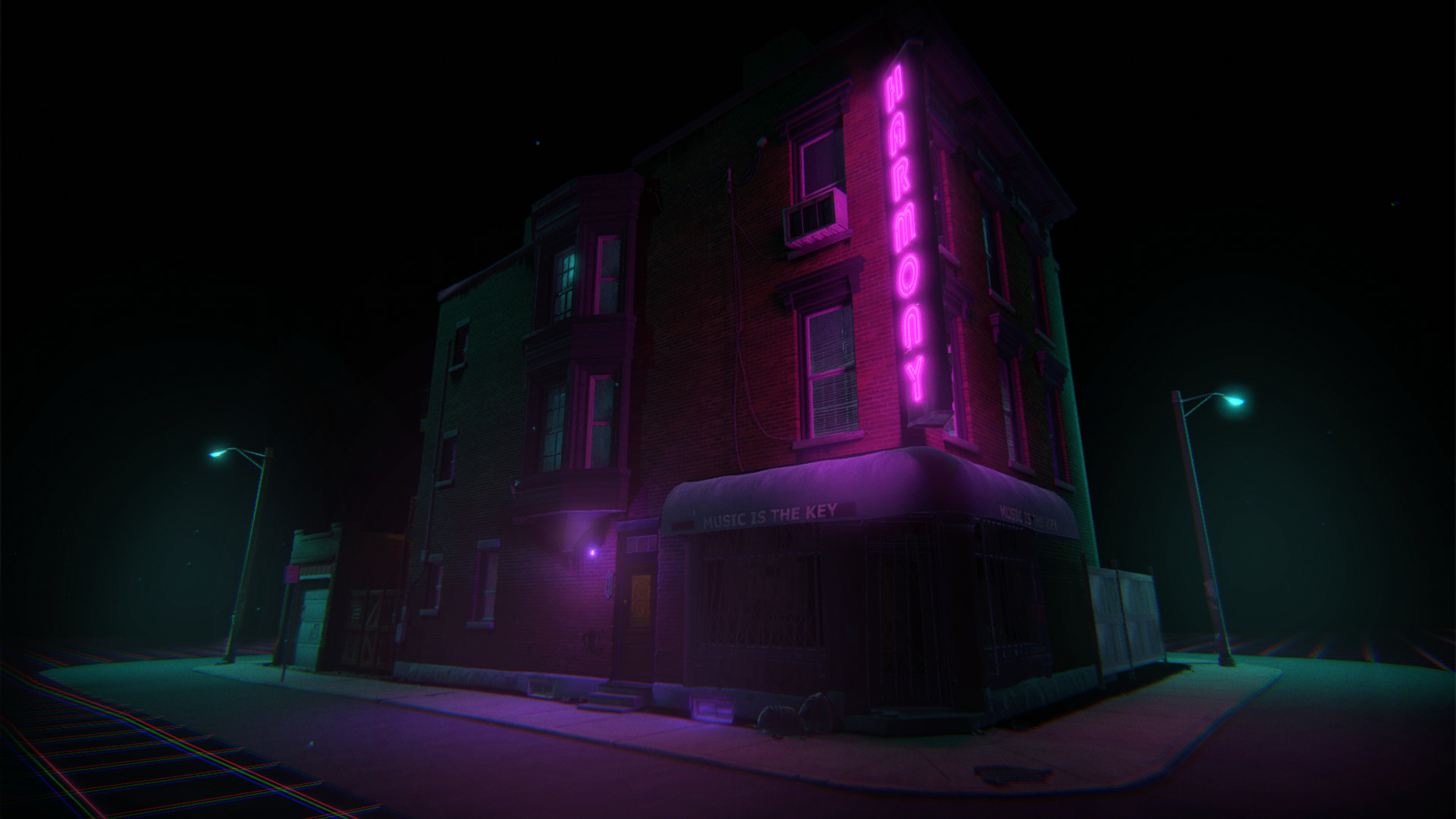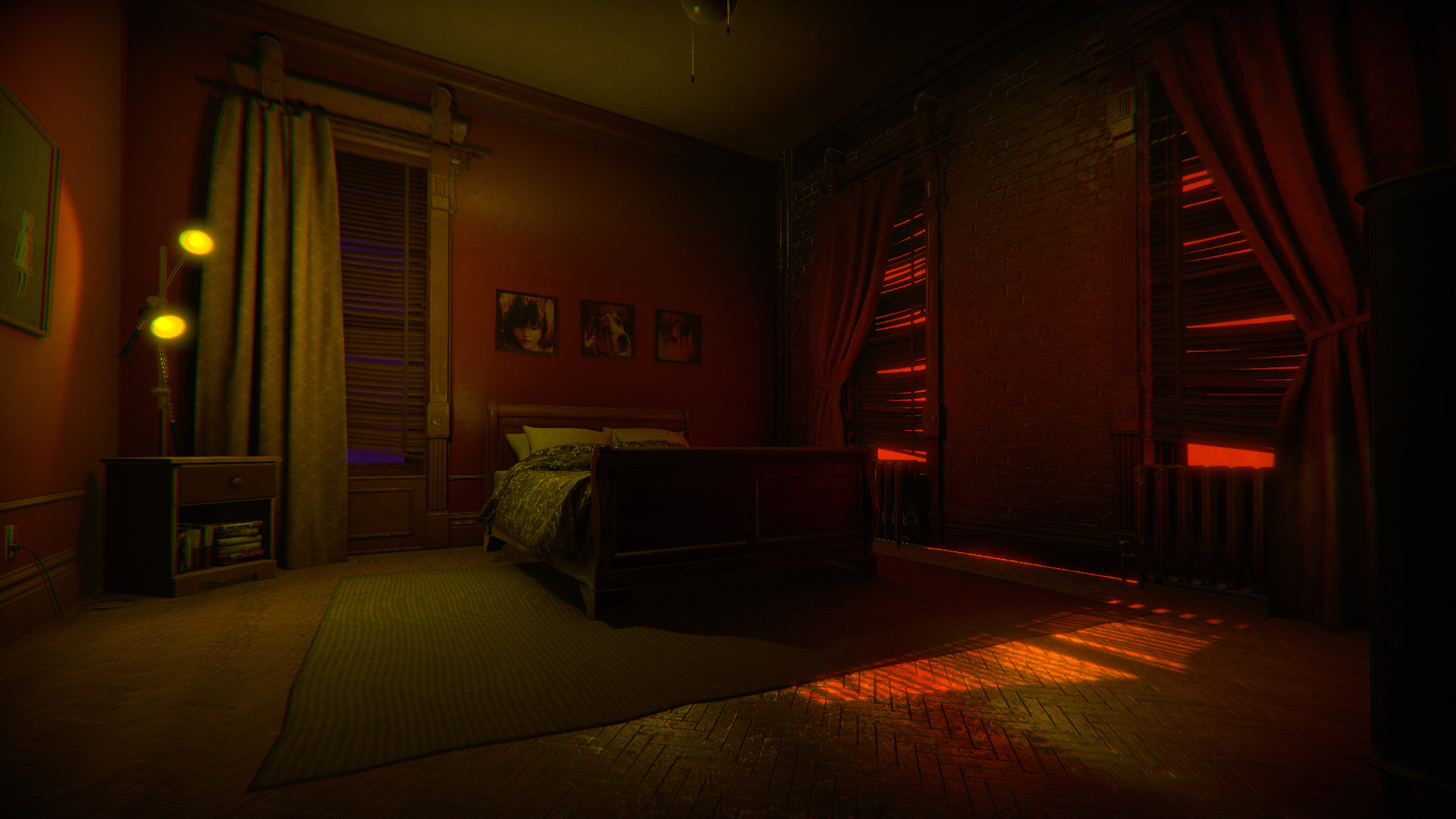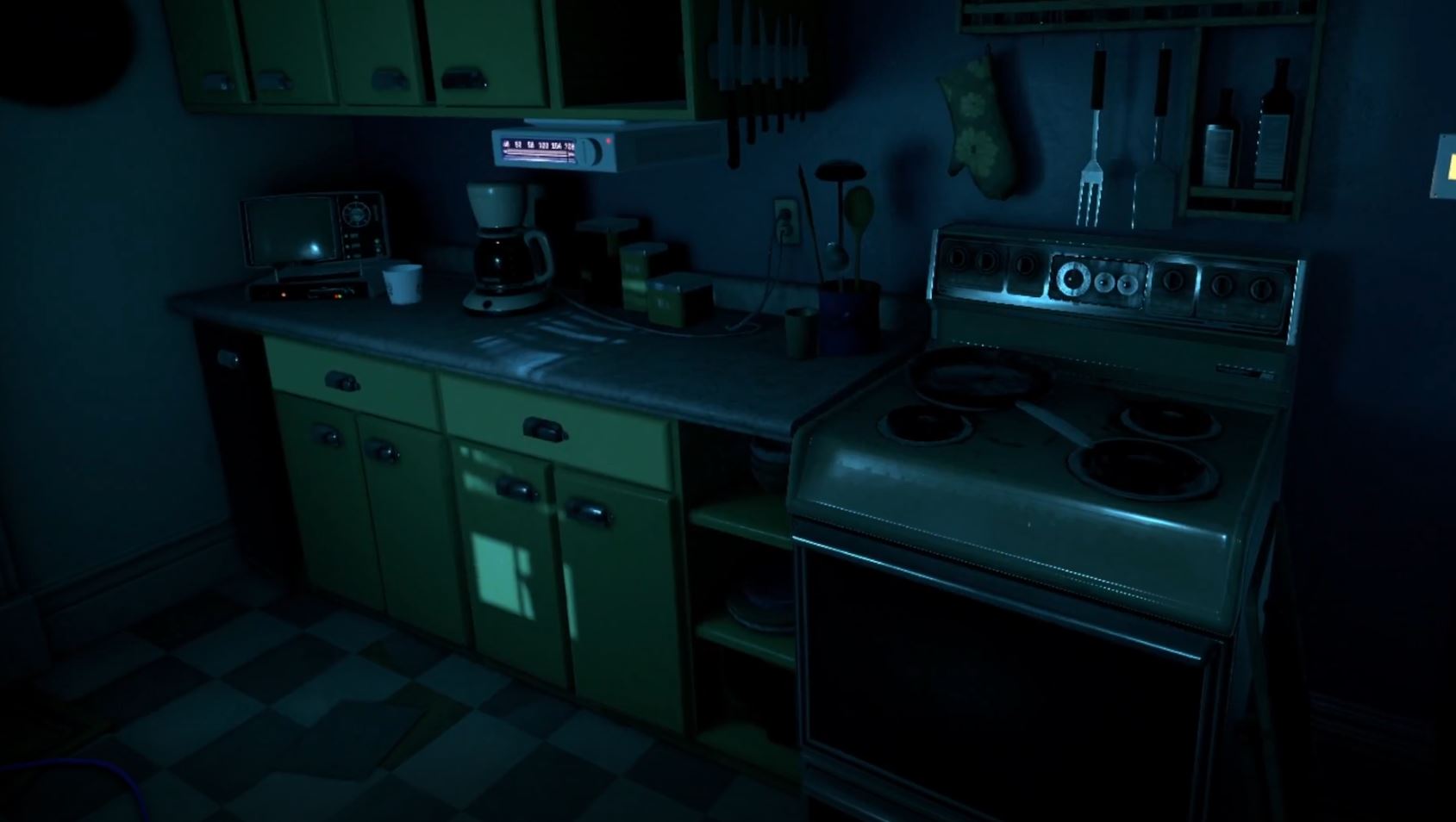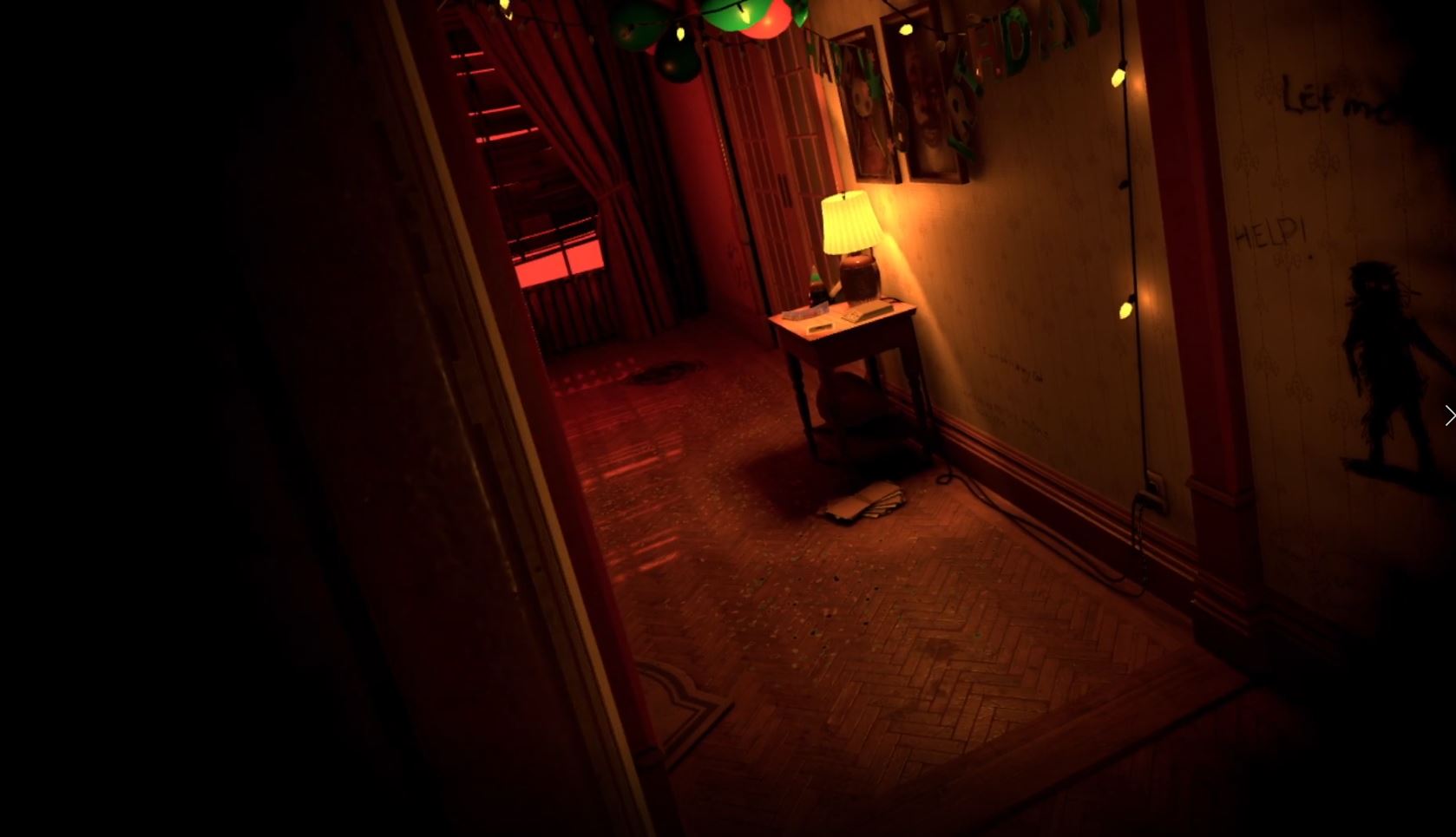Have you seen the San Junipero episode of Black Mirror? If not, then you should skip this opening paragraph. In that episode, people are able to make the decision on their death bed to either pass away naturally, like we do today, or to have their consciousness uploaded to a “simulated reality” server featuring a beach-side city aptly titled San Junipero. Transference is, in short, like that if it were a twisted nightmare concocted by an obsessively deranged scientist.
As a result, Transference is a difficult game to articulate. In many ways this is the perfect embodiment of what people mean when they say “VR experience” rather than “game” or “story” as the narrative itself ebbs and flows as something that exists around you rather than something that’s told to you as you play. And after spending about 90 minutes to get through it all from start to finish in one sitting, I can’t stop thinking about it.
In Transference, Raymond Hayes has developed a technology that allows for 1:1 consciousness simulation. Or in other words, he’s created the ability to perfectly replicate a person’s brain, memories, and entire being digitally so that it can not only be preserved indefinitely, but also so that they can continue to live on forever.
The problem with that is he has used himself and his own family as the test subjects. Raymond’s obsession has driven him mad and turned him into a neglectful, abusive, and deranged man that’s ripping apart his marriage and ruining his son. It’s a tumultuous setting and as you dig deeper into the relationships, mostly by way of exploring the environments, watching video clips, listening to audio recordings, and picking up on environmental storytelling bits, the dark layers of the Hayes family slowly peel back.
If you’re looking for a structured, neatly packaged narrative like you’d find in a movie — this is not that type of thing. Transference doesn’t tell you a story, it puts you at the center of a family’s life. Throughout the experience you’re jumping between Ray, his wife Katherine, and their son Benjamin.
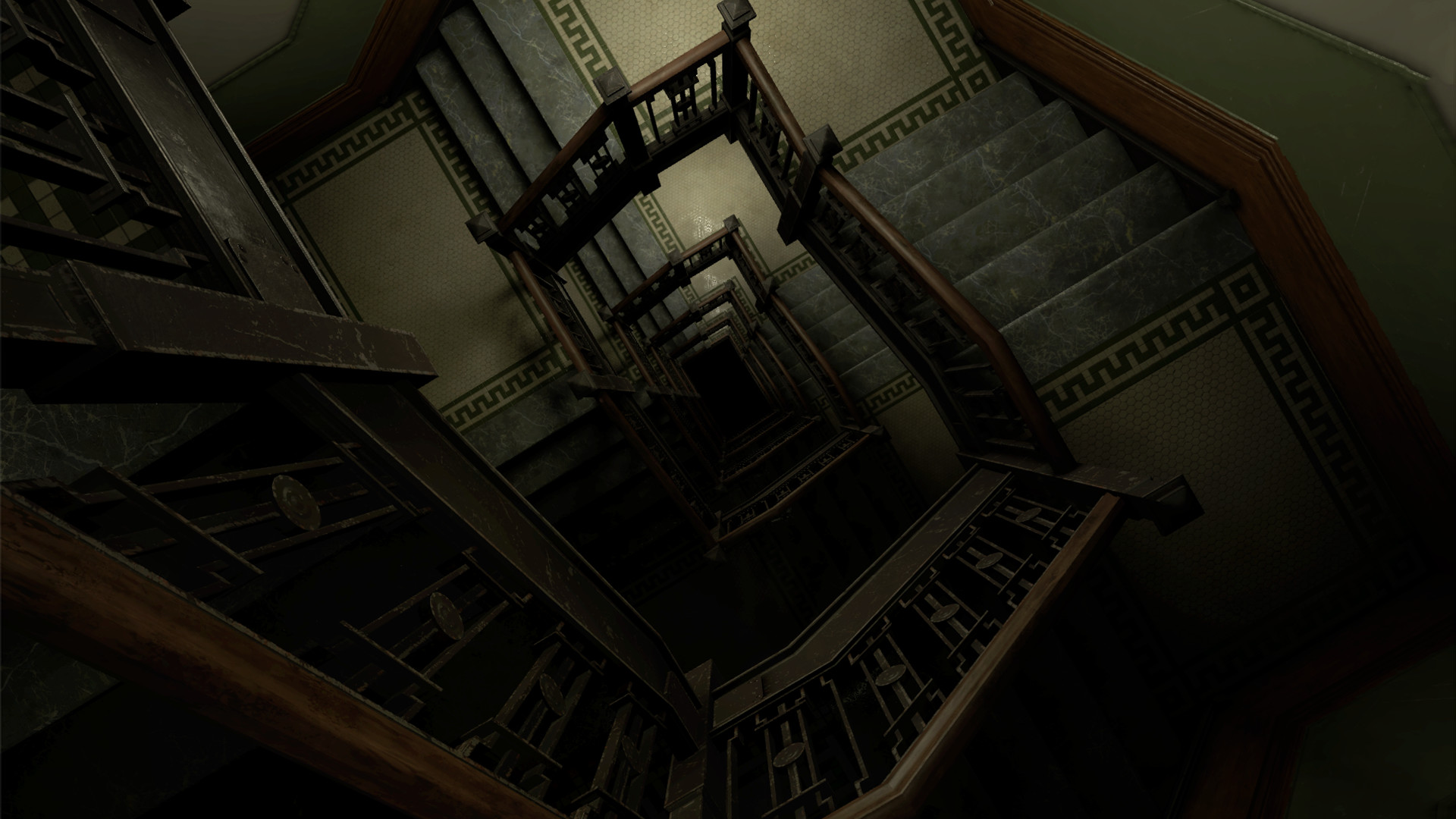
A major theme in Transference is perspective, meaning that everyone has their own interpretation of not only reality, but of memories and experiences as well. So, everyone has their own perspective. Since you’re constantly switching between three different family members and spend most of your time re-exploring the same home, you get to see the same areas from three different perspectives, although the visuals and assets themselves are heavily reused.
My favorite way that this manifested itself was in the subtle environmental changes. Pick up a memento that holds sentimental value for Ray and he’ll comment on it, but Katherine may have a negative memory attached to it instead. In particular there’s a family photo in front of the Golden Gate Bridge that, depending on who is looking at it, changes. Combined with background voice overs from the corresponding character, it’s an effective (albeit extremely subtle) technique.
One of the key mechanics in Transference is one of switching between two versions of reality. The game never properly explains anything at all really, leaving most of it open to interpretation, but the implication seems to be that you can toggle on and off light switches to alter the environment. One seems to be based in the past with warm, muted colors and realistic styles, whereas the other is soaked in a reddish-blackish filter with glitches and errors everywhere. Given how frequently this mechanic is used, it’d have been nice to be able to toggle versions at will instead of needing to backtrack to a light switch repeatedly.
Most puzzles boil down to traveling back and forth between realities and placing objects to fulfill glitches. Every now and then you’ll do something more interactive, like play a piano, adjust a clock, or tweak a radio signal, but most set pieces revolve more around results from you actions than the actions themselves.
For that reason, Transference really is best experienced in a single sitting if possible. The pacing is excellent with just enough minor jump scares, unsettling voices, and creepy hallways. I wouldn’t go so far as to call this a horror game, but it’s certainly a thriller that plays tricks on your mind.
I played Transference on an Oculus Rift with Touch controls, but the game is also fully playable outside of VR as well. While it’s still technically the same game, you lose a lot by removing yourself from being inside the experience itself. The use of spatial audio, having to physically interact with objects, and the overwhelming tension all add up to making this something that is absolutely better when played from inside VR.
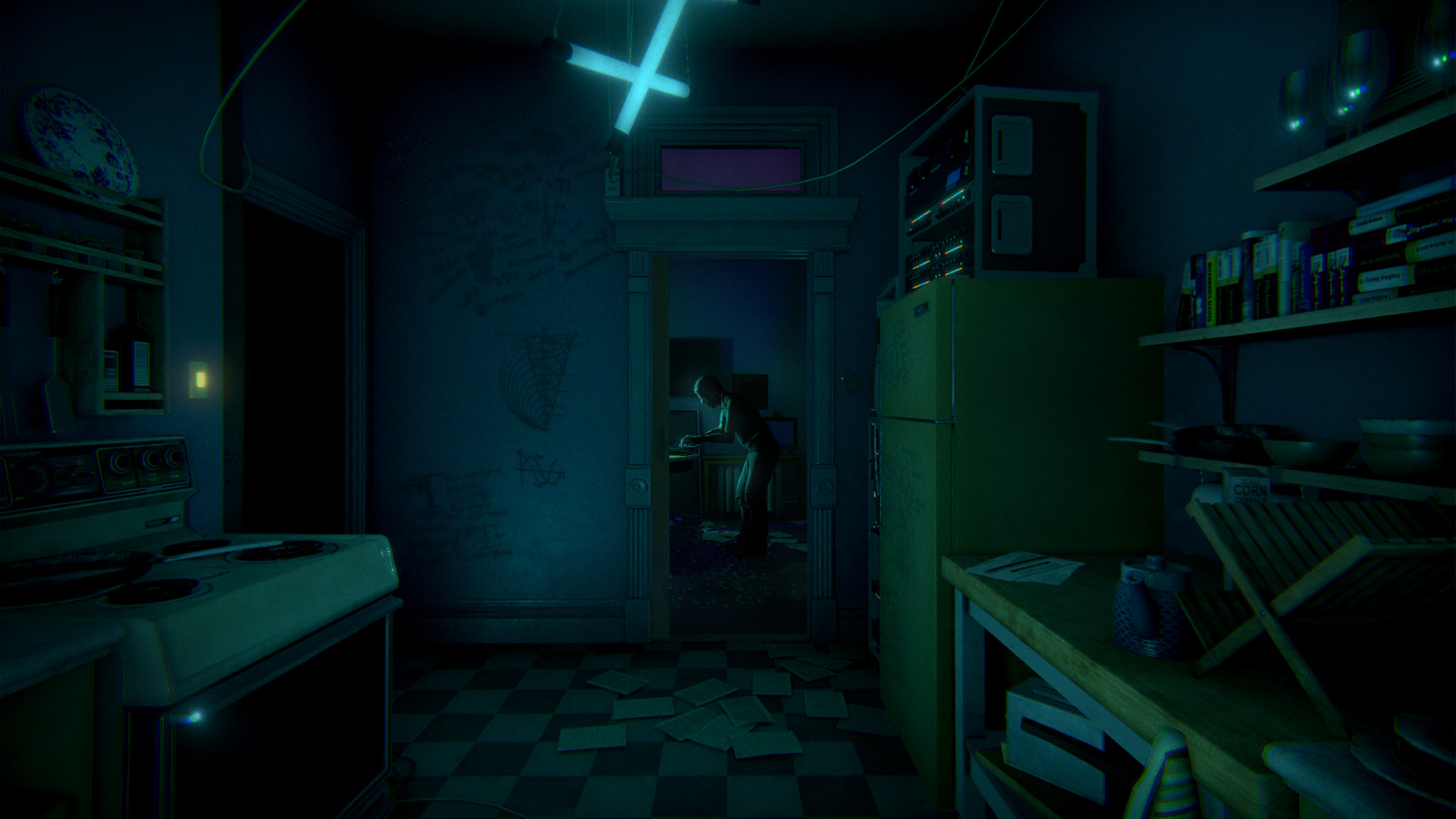
There is a lot to unpack in Transference. It deals with several heavy themes that will likely make players uneasy, and from what I can tell, that’s sort of the point. Ubisoft and SpectreVision have mixed the stylings of Black Mirror and The Matrix with a twisted vision of the future that feels dangerously honest and realistic. While I’d have certainly loved for it to be a bit longer, I also appreciate how well-paced and polished it feels at the same time. It’s not without its flaws, but Transference is an unforgettable VR experience that I won’t soon forget.
Transference is available starting today on PC for Rift (Oculus Home) and Vive (Steam), as well as PS4 (PSN page) with optional PSVR support. It’s also available in non-VR mode for PC as well as Xbox One. All versions start at $24.99. And check out these official review guidelines to find out more about our process.


